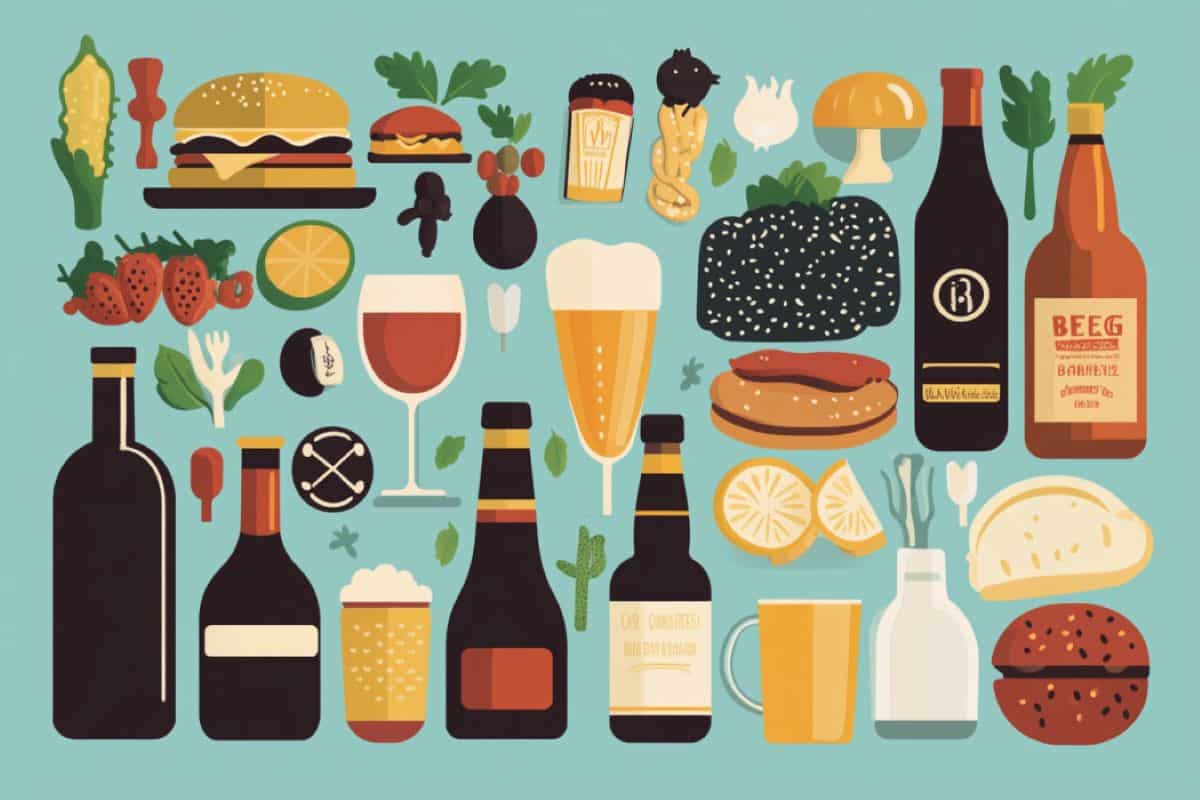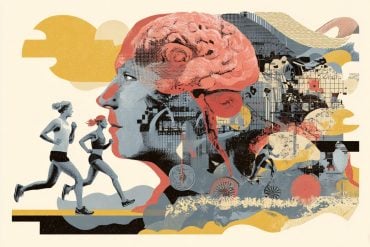Summary: Beer-only drinkers have the lowest diet quality, highest caloric intake, and lowest physical activity levels compared to those who drink wine, liquor, or a combination. Researchers analyzed over 1,900 U.S. adults and found beer drinkers scored lowest on the Healthy Eating Index, while wine drinkers scored highest.
Social and contextual factors likely drive these differences, as beer is often consumed with low-fiber, high-carb foods. Physicians are encouraged to tailor discussions on healthy habits based on the type of alcohol their patients consume. Understanding these patterns can guide interventions for preventing liver disease and improving overall health.
Key Facts:
- Beer-only drinkers scored the lowest (49) on the 100-point Healthy Eating Index.
- Wine drinkers scored highest (55) and were associated with healthier dietary contexts.
- Beer consumption often correlates with lower physical activity and higher smoking rates.
Source: AASLD
Beer drinkers have lower-quality diets, are less active, and are more likely to smoke cigarettes than people who drink wine, liquor, or a combination, according to a study scheduled for presentation at The Liver Meeting, held by the American Association for the Study of Liver Diseases.
“Alcohol overuse is the leading cause of cirrhosis in the U.S., and metabolic dysfunction-associated steatotic liver disease (MASLD) is rapidly increasing,” said Madeline Novack, chief resident at Tulane School of Medicine’s internal medicine residency program and lead author of the study.

“Both types of liver disease often coexist, and lifestyle changes are key to managing and preventing these conditions, starting with understanding the link between alcohol use and poor nutrition.”
Using a survey of a nationally representative sample of more than 1,900 U.S. adults who reported current alcohol use, researchers compared the diet quality among people who consume beer only (38.9%), wine only (21.8%), liquor only (18.2%), or a combination of alcohol types (21%), measuring self-reported eating habits against the Healthy Eating Index, a validated standardized tool based on dietary guidelines.
None of the alcohol-using groups came close to achieving the 80-point score that is considered an adequate diet on the 100-point Healthy Eating Index, Novack said, but the beer drinkers scored lowest at 49. Wine drinkers scored 55, and both liquor-only drinkers and combination drinkers scored nearly 53.
Beer-only drinkers, who were more likely to be male, younger, smokers, and low income, also reported the highest total daily caloric intake, adjusting for body weight, and the lowest level of physical activity.
Previous studies have found that dietary quality declines with increasing alcohol consumption of any type, but little has been reported on the influence of specific alcoholic beverage type.
Novack said the differences in diet quality among drinkers could be attributed to the context in which food and alcohol consumed together. In the U.S., beer is often chosen in settings where the available foods tend to be low in fiber and high in carbohydrates and processed meats.
On the other hand, wine — particularly red wine — is often paired with meals complete with meat, vegetables and dairy.
Another possibility is the inverse, where dietary choices influence the choice of alcohol consumed, Novack said. For example, fried or salty foods create thirst that may also lead to beer-only consumption.
For prevention of liver disease and other health issues, physicians should ask about the type of alcohol consumed to guide discussion of healthy behaviors, Novack said.
For example, findings of this study can be applied to patients who identify as beer-only drinkers and physicians could suggest increasing fruit and vegetable intake, as well as physical activity.
About this diet and alcohol use disorder research news
Author: Caroline Laurin
Source: AASLD
Contact: Caroline Laurin – AASLD
Image: The image is credited to Neuroscience News
Original Research: The findings will be presented at The Liver Meeting






